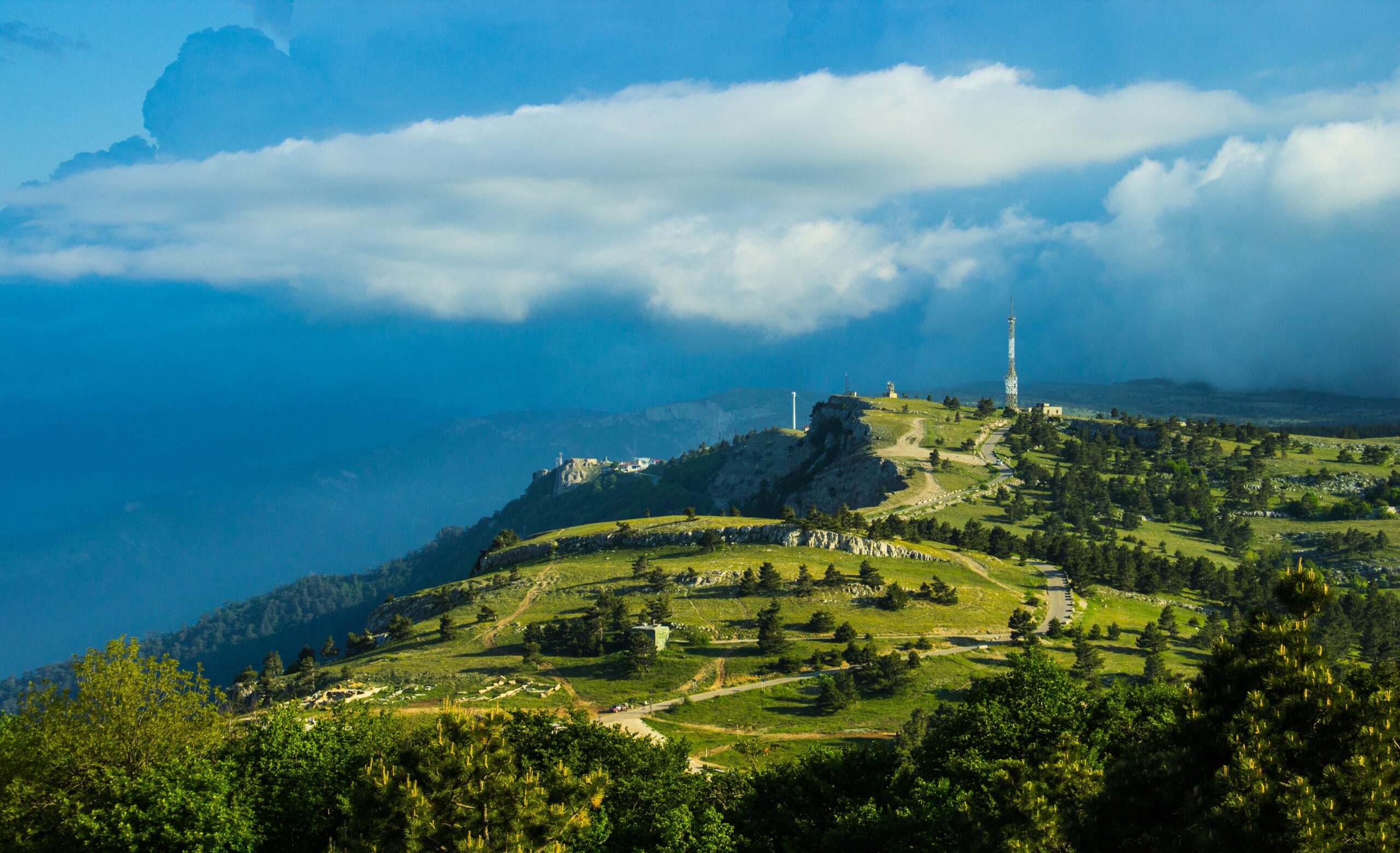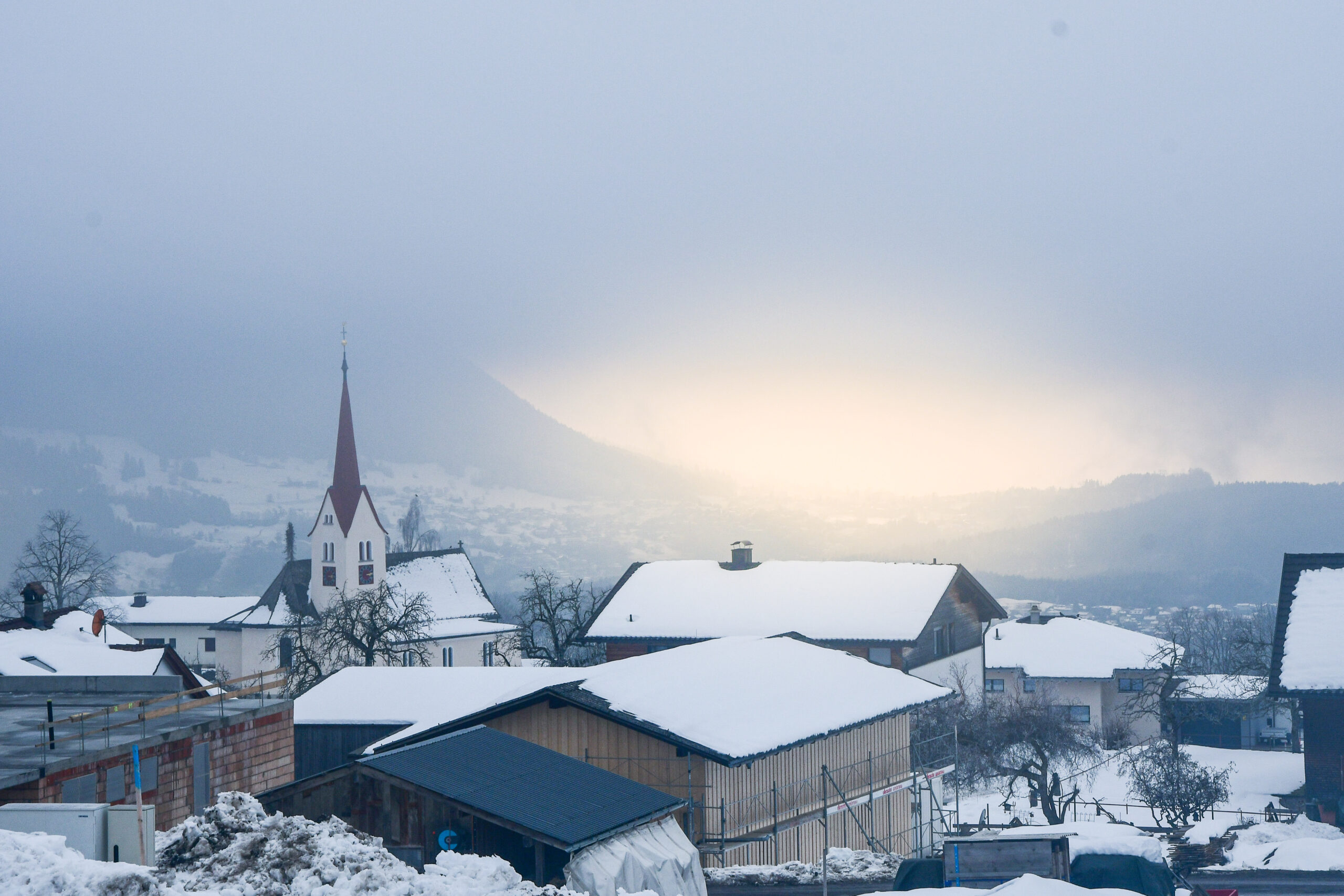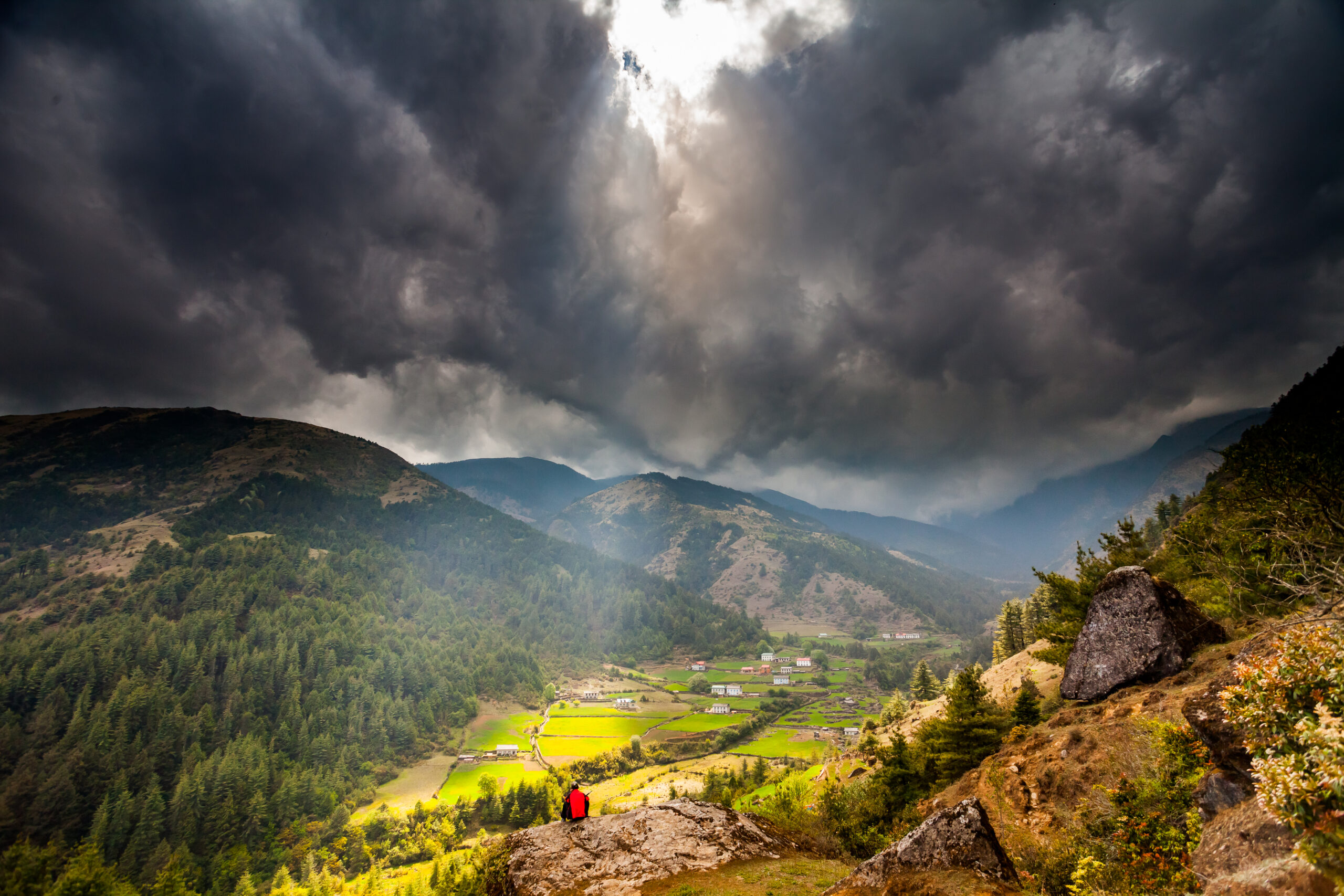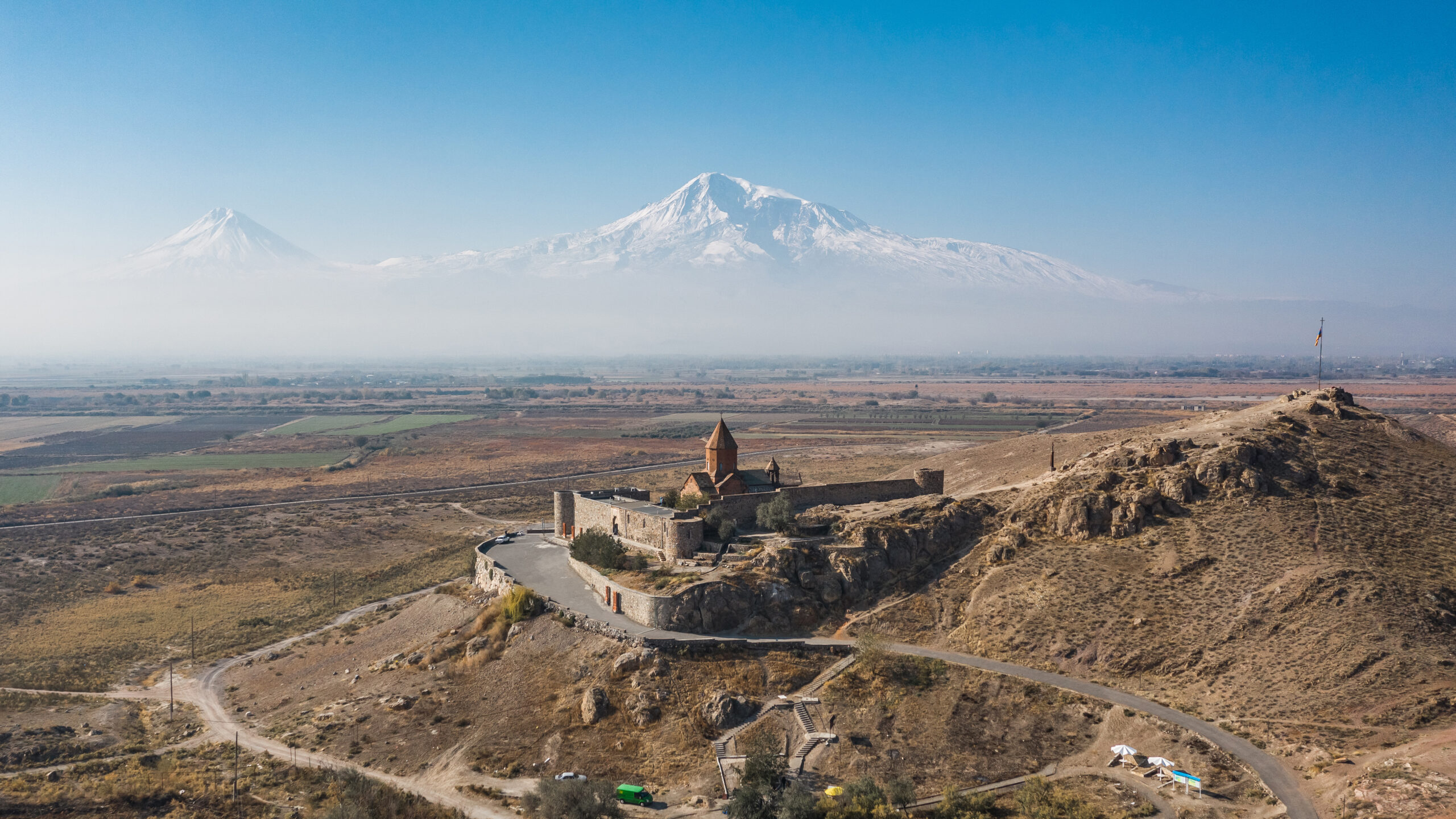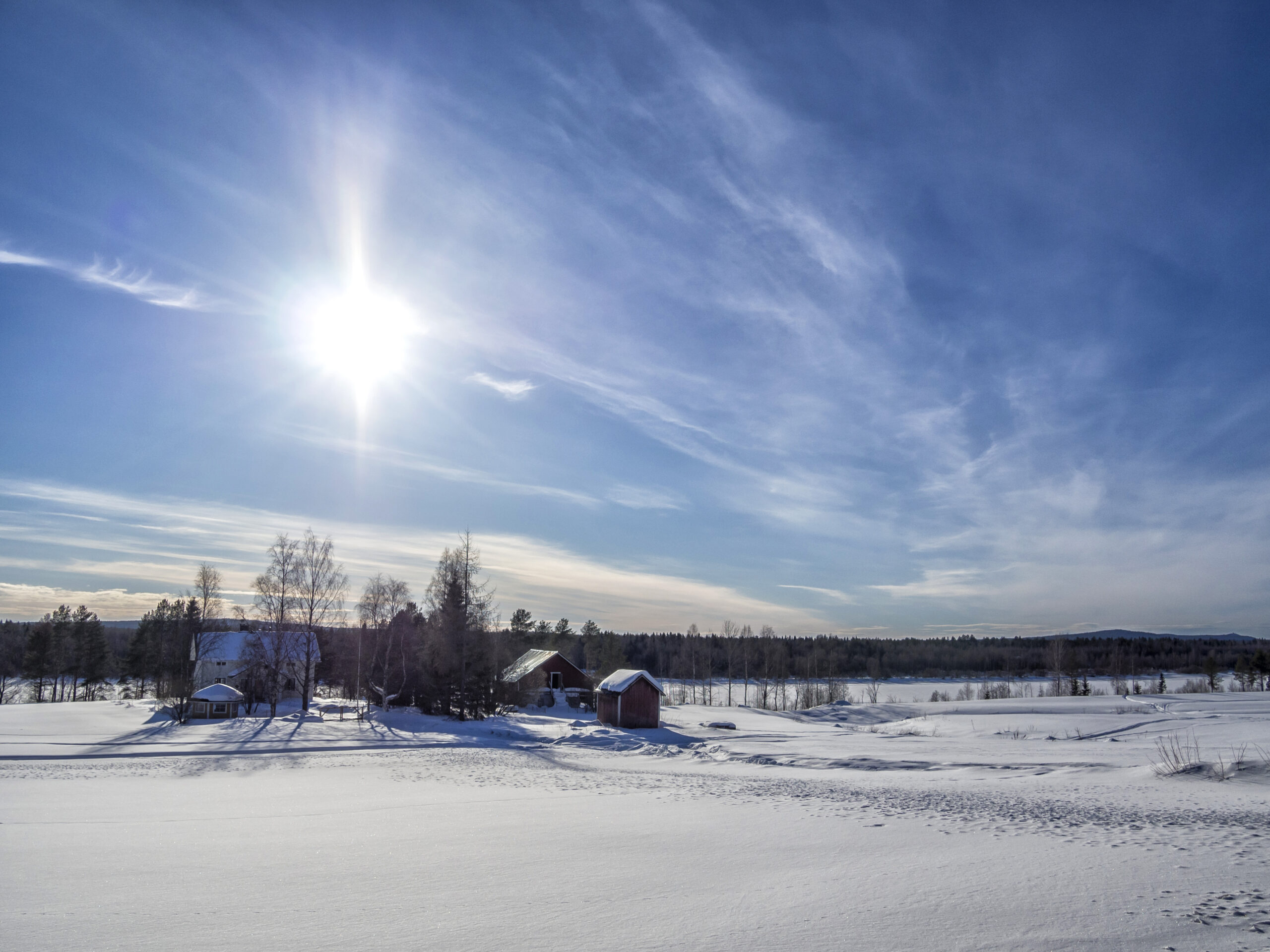Latest posts by MRPM Woodman (see all)
- Aries ♈ - November 25, 2025
- Template - November 13, 2025
- Albania Weather Report Free updated Hourly 2025 - September 23, 2025

Paul (Poison Fish) Manjyu Woodman
Iceland Weather Report Free updated Hourly 2025
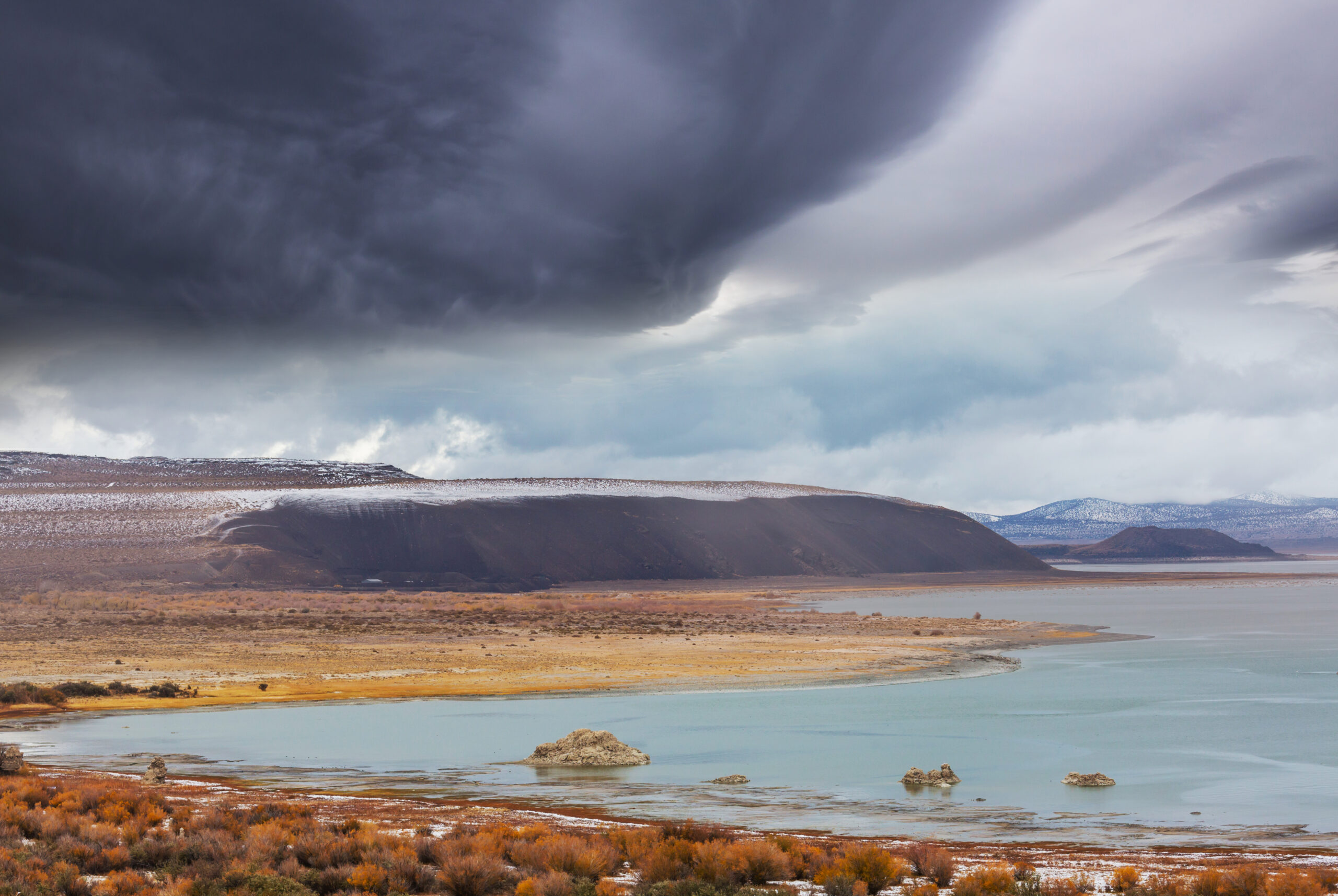
Europe Weather
🇮🇸 Iceland Weather Report – Month-by-Month Overview
❄️ January
Cold and dark. Temperatures range from −5°C to 3°C. Snowfall is frequent, especially inland and in the north. Coastal areas like Reykjavík experience strong winds and icy rain. Daylight is limited to a few hours.
🌨️ February
Still wintry. Highs reach 1–4°C, with lows around −4°C. Snow continues, and storms are common. Days slowly grow longer, but conditions remain harsh and unpredictable.
🌱 March
Spring begins subtly. Temperatures rise to 0–6°C. Snow starts to melt in lowlands, but northern regions remain frozen. Rain and sleet are frequent, and daylight increases noticeably.
🌸 April
Milder but still chilly. Highs reach 5–9°C. Rain replaces snow in most areas, and sunshine becomes more frequent. The landscape begins to thaw, and migratory birds return.
🌼 May
Cool and bright. Temperatures climb to 8–12°C. Rainfall is moderate, and daylight stretches past 18 hours. Greenery spreads across the countryside, and outdoor activities resume.
☀️ June
Start of summer. Highs range from 10–15°C. Rain is light, and the midnight sun dominates the north. Coastal areas are breezy, and inland regions enjoy mild, dry days.
🔥 July
Warmest month. Temperatures reach 12–18°C. Rainfall is minimal, and long sunny days support festivals and travel. The Highlands become accessible, and nature is at its peak.
🏖️ August
Still mild. Highs remain between 11–16°C. Rain increases slightly, especially in the south. The landscape stays lush, and tourism remains strong before autumn sets in.
🍂 September
Transition to autumn. Temperatures ease to 7–12°C. Rain returns gradually, and daylight begins to shorten. Northern lights become visible again as nights grow darker.
🌦️ October
Cooler and wetter. Highs drop to 4–8°C. Rain and wind dominate, and snow may begin in the north. Autumn colors fade quickly, and daylight continues to decline.
🌫️ November
Wet and chilly. Highs hover around 1–5°C, with lows near −3°C. Snowfall increases, especially inland. Storms are frequent, and daylight shrinks to a few hours.
🎄 December
Winter returns. Temperatures range from −4°C to 2°C. Snow blankets much of the country, and coastal winds intensify. Long nights and festive lights define the season.
